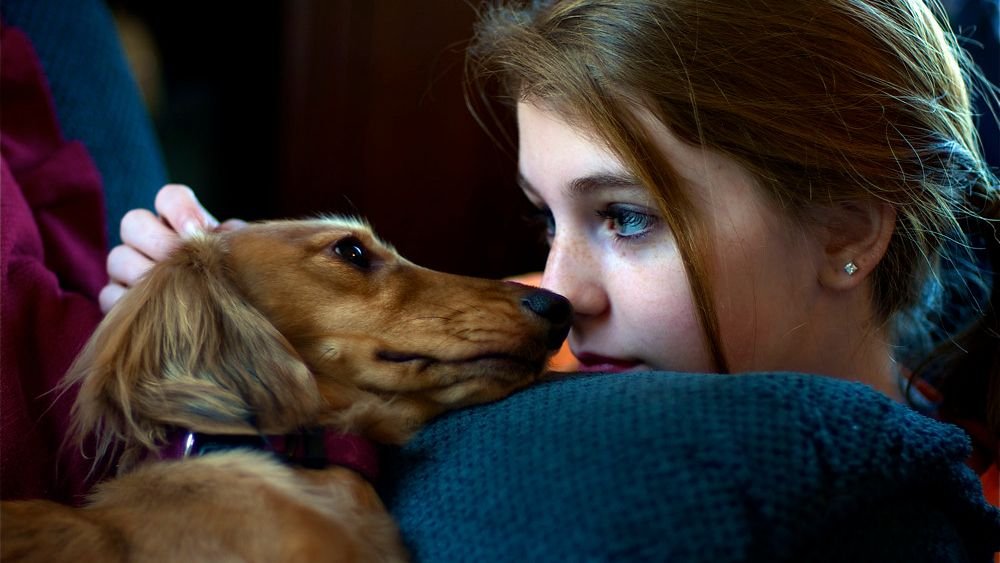Have you ever noticed how your dog seems to know exactly when you’re at your lowest? That moment when tears start falling, and suddenly there’s a warm, furry body pressed against your leg or a gentle paw resting on your arm. It’s not coincidence or wishful thinking on our part.
Dogs possess an extraordinary ability to detect our emotional states, especially during times of grief and loss. Their keen senses, combined with thousands of years of evolution alongside humans, have equipped them with skills that sometimes feel almost supernatural. They don’t just notice when we’re sad – they actively try to help us carry that burden, offering comfort in ways that feel both instinctive and deeply intentional.
The Science Behind Their Emotional Radar
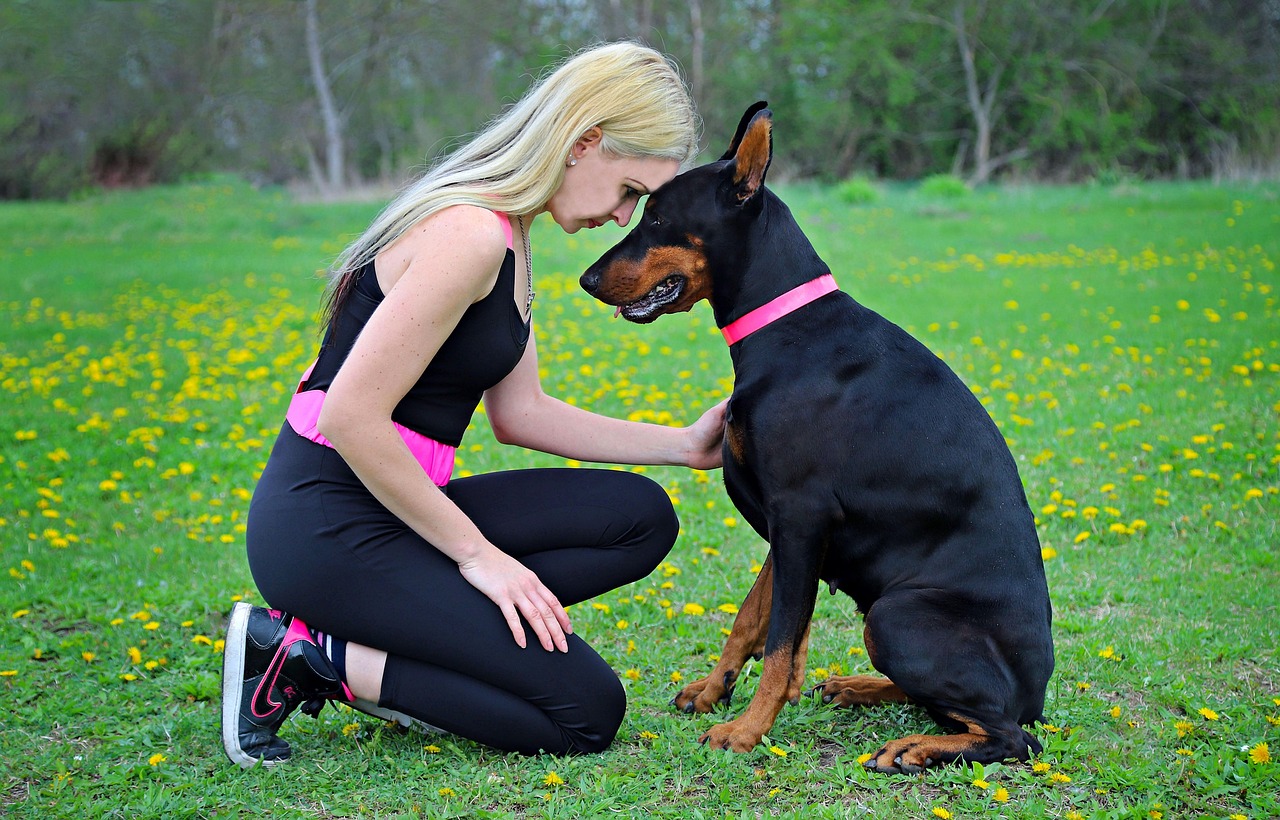
Dogs can recognize six basic emotions including sadness, and studies have shown they respond to human emotional cues like facial expressions and vocalizations. What makes this even more remarkable is how they process this information in their brains.
Research reveals that dogs have similar brain structures and processes as humans when it comes to emotions, including the production of oxytocin, a hormone associated with bonding. Studies demonstrate dogs use a combination of sight and hearing to read facial expressions and emotional tone, and can even recognize emotional cues from photographs.
Think of your dog as having multiple emotional sensors working simultaneously. They’re experts at reading body language and can pick up on subtle changes in posture, facial expressions, and movements – even a furrowed brow or tensed muscles.
This isn’t just learned behavior either. Dogs and humans share similar emotional and neurological systems called mirror neurons, which fire both when they perform an action and when they observe humans doing the same action, linking to social behaviors like empathy.
Their Nose Knows Your Sorrow
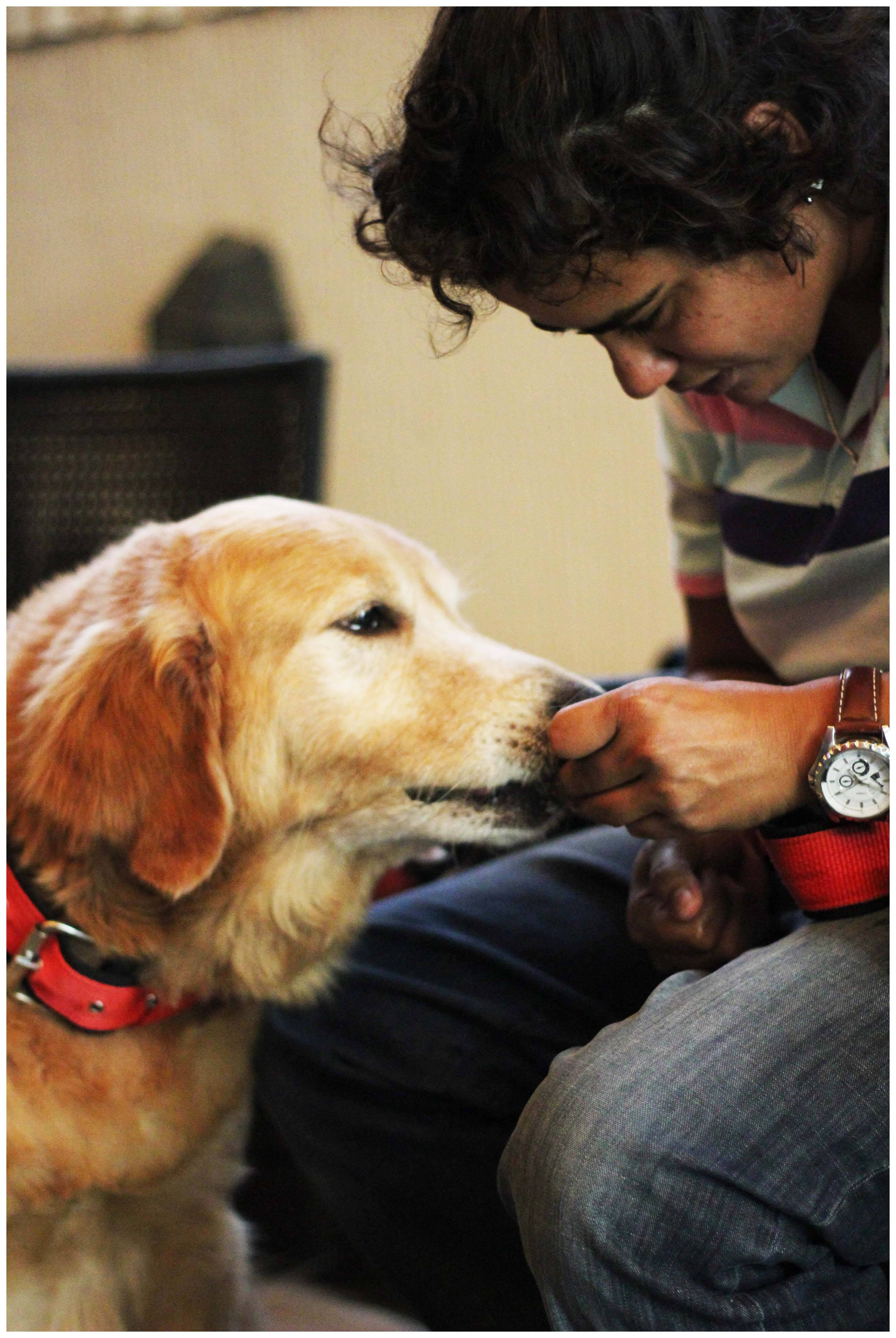
While we might think facial expressions tell the whole story, your dog’s most powerful grief-detecting tool is actually their nose. Scientists have found that dogs can determine and differentiate human emotions by smell. When we experience grief, our body chemistry changes in ways we can’t even perceive.
Dogs have a highly developed sense of smell and can pick up on changes in our body odor associated with different emotions, such as fear or excitement. Grief likely has its own unique scent signature that dogs can detect.
Imagine being able to smell someone’s heartbreak before they even shed a tear. That’s essentially what your dog experiences. Their olfactory system is so sophisticated that they’re reading emotional chapters of your story that you didn’t even know you were writing.
This chemical detection system works alongside their other senses, creating a comprehensive emotional profile of your state. It explains why dogs often seem to know you’re upset before you’ve fully realized it yourself.
Reading the Room Through Sound

Dogs are highly sensitive to vocal cues and can distinguish between different tones – a soothing tone indicates calm and happiness, while harsh tones signal anger or frustration. But their auditory processing goes far deeper than just recognizing angry versus happy voices.
University studies found that dogs are more likely to approach a crying person compared to someone humming or talking, indicating that crying carries greater emotional meaning for dogs and provokes a stronger response.
When grief changes your voice – making it quieter, shakier, or filled with pauses – your dog registers these subtle shifts. They hear the weight in your words, the tremor you’re trying to hide, the silence where laughter used to live.
Dogs can differentiate negative sounds of crying from positive sounds of laughing using only their hearing, and studies show when humans cry, their dogs also feel distress. Your emotional pain becomes theirs, creating an empathetic response that drives them to action.
How Dogs Experience Their Own Grief

Understanding how dogs sense our grief becomes even more poignant when we realize they experience loss themselves. Research indicates that dogs show negative behavioral changes after losing a companion, affecting activities like playing, sleeping, and eating, as well as emotional changes like increased fearfulness.
Studies found that roughly one-third of dogs experienced decreased appetite following loss of a canine companion, with about one in ten refusing to eat entirely, while many slept more than usual and some suffered insomnia.
Dogs who’ve lost an animal companion sometimes want to lie in their friend’s spot, while those who’ve lost their human companion may wander around the home looking for that person. This searching behavior shows they understand something fundamental has changed.
Research suggests that at some levels, a dog’s mind is equivalent to that of a human child between two and three years of age. Just like young children, they feel the absence deeply but may not fully grasp the permanence of death.
Physical Signs Your Dog Recognizes Your Pain

When dogs detect grief in their humans, they don’t just understand it intellectually – they show physical responses. If you’re feeling upset and notice your pup acting differently, it’s because they can sense the shift in your mood, and any change in your emotional state may be reflected in your dog’s behavior.
You might notice your dog becoming more restless when you’re grieving, pacing or unable to settle. Their body language may change with a more subdued posture, and they may exhibit stress indicators like excessive licking, panting, or even loss of fur.
Dogs are exquisitely sensitive to the emotions of their social companions, and as household people grieve, dogs can sense their sadness and may experience distress or anxiety. They’re not just witnessing your grief – they’re absorbing it.
Some dogs may show changes in their own eating or sleeping patterns when their humans are struggling. It’s their way of showing solidarity with your pain, even when they don’t fully understand what’s causing it.
The Many Ways Dogs Try to Help
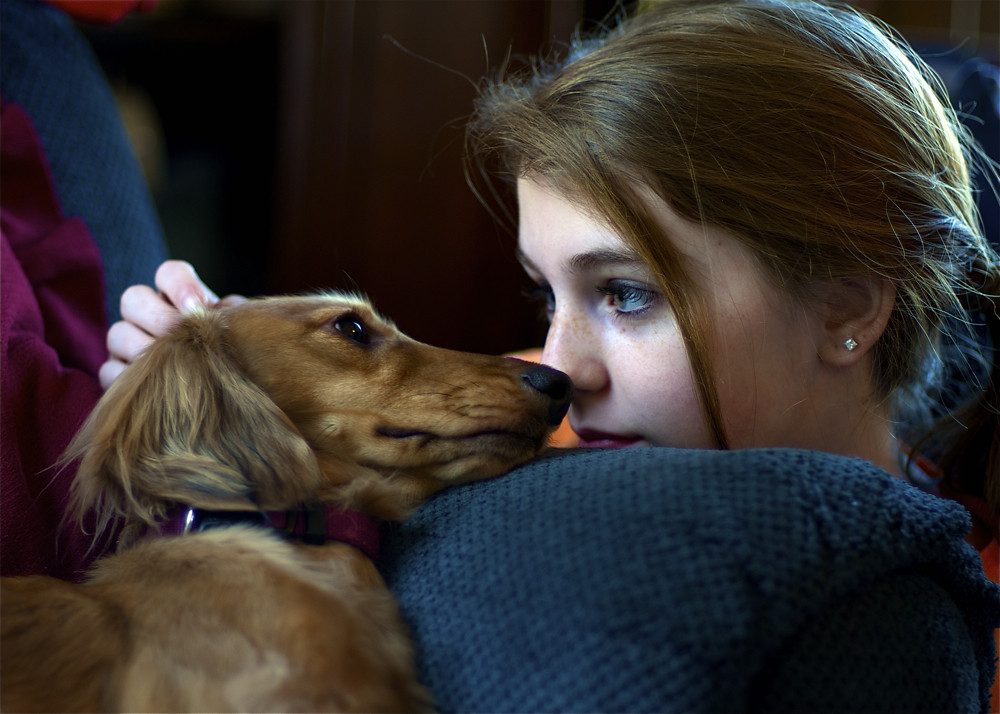
Dogs don’t just recognize grief – they actively try to alleviate it. In the context of dogs, licking is considered a soothing, reassuring gesture, and they also use licking to get you to react in an effort to focus your attention away from whatever is troubling you.
Some dogs will lick their pet parents to provide comfort when they’re sad, while others might give us space, sensing that we’re feeling vulnerable or upset and unsure how to help without exacerbating emotions.
Physical comfort is one of their primary tools. Touching and cuddling releases oxytocin in dogs, especially with someone they know and are bonded with, and it feels nice for humans too. They instinctively know that physical contact can be healing.
Some dogs signal they want to provide physical comfort by following you around or being more clingy than usual, while others may move away to signal you need space. They’re reading your needs and responding accordingly, like emotional interpreters for your soul.
Supporting Your Dog While They Support You
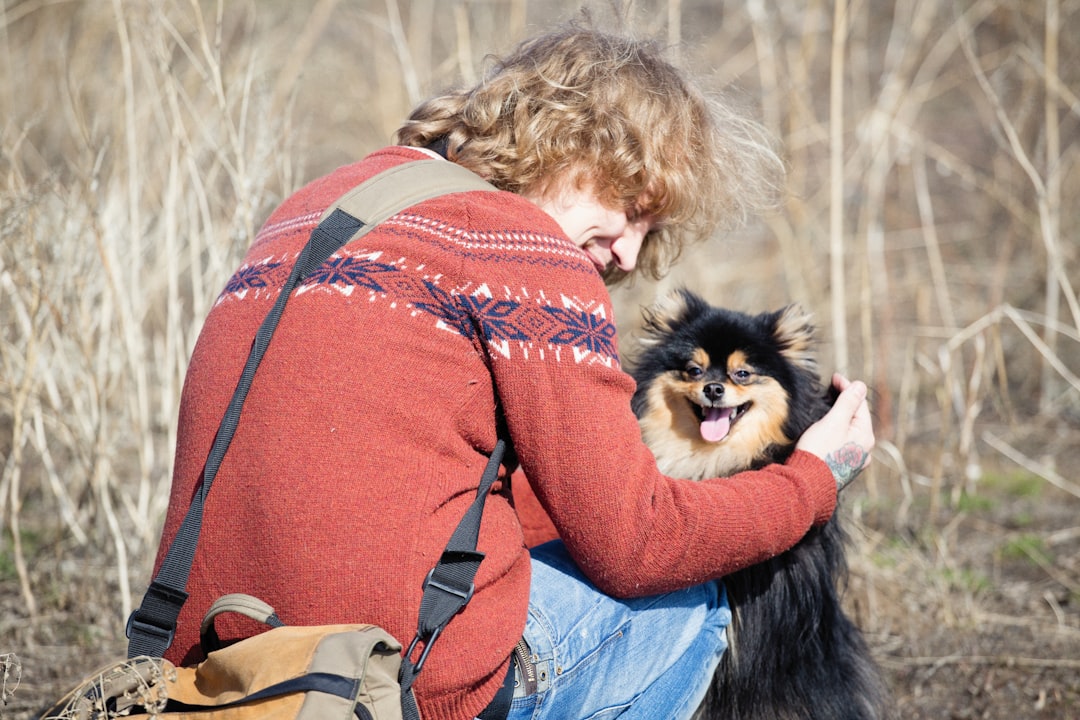
When you’re grieving and your dog is trying to help, it’s important to recognize their efforts and support them too. Experts suggest letting your dog feel their feelings without hijacking their emotions, allowing them to comfort you while you comfort them in return.
Try not to become too emotional in front of your pet, as they’re sensitive to your feelings and your grief may add to their distress, though it’s fine to allow snuggling while being aware of their response.
You can provide comfort by spending more time together, giving extra affection since touch increases the human-canine bond, and playing their favorite games while increasing exercise. This creates a positive feedback loop of mutual support.
Remember that your dog’s attempt to comfort you is both a gift and a responsibility. They’re offering their emotional labor freely, but they need to know their efforts are appreciated and that they’re not taking on too much of your burden.
When Professional Help Is Needed
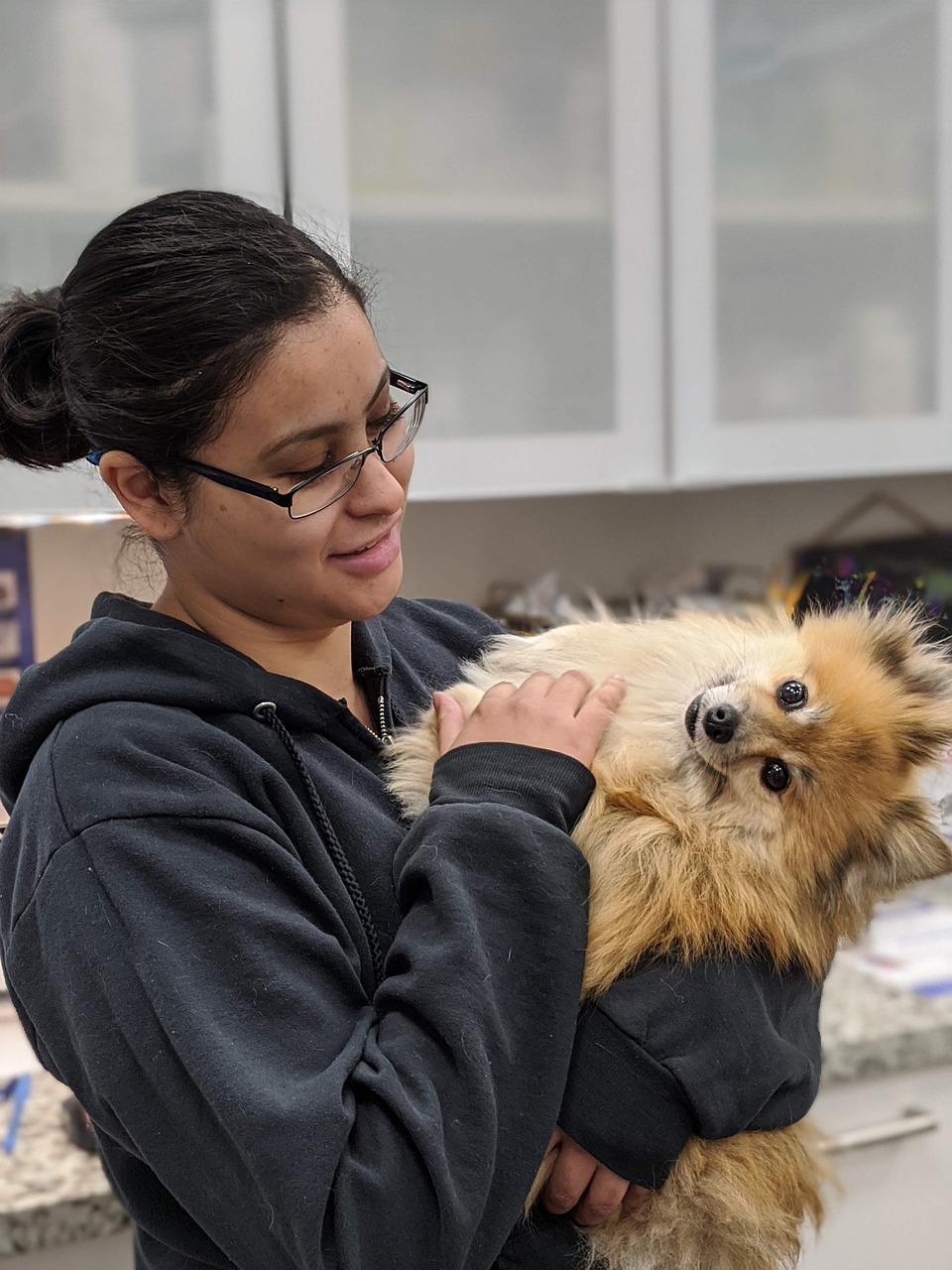
If your pet isn’t eating well or shows persistent signs of emotional depression or anxiety, seek professional help – there could be physical causes, and medication may be needed to stimulate appetite or address behavioral issues.
Sometimes the grief process becomes too overwhelming for both you and your dog. If grief affects your dog’s health by causing them to stop eating or lose weight, or impacts their quality of life for more than a few months, veterinary consultation can help rule out underlying health issues.
Scientific studies show dogs exhibit more stress when their owners are stressed, so managing your own grief and maintaining emotional stability creates a more reassuring environment for your dog. Professional counseling for yourself can indirectly help your dog too.
Don’t hesitate to reach out for support when the weight becomes too much. Both you and your faithful companion deserve professional guidance through the darkest valleys of grief.
In the end, dogs don’t just sense our grief – they choose to shoulder it with us. They can’t understand death the way we do, but they understand love, loyalty, and the sacred bond that makes our pain theirs. Through their unwavering presence, they remind us that we’re never truly alone in our sorrow. They may not be able to take away the hurt, but they’re masters at helping us carry it until we’re strong enough to walk forward again. What do you think about your dog’s incredible ability to read your emotions? Have you noticed these comforting behaviors in your own furry friend?

Gargi from India has a Masters in History, and a Bachelor of Education. An animal lover, she is keen on crafting stories and creating content while pursuing a career in education.

